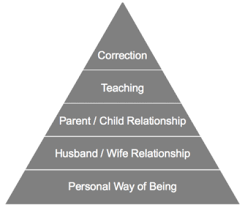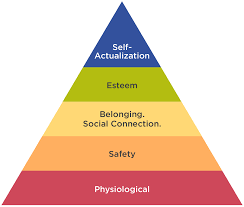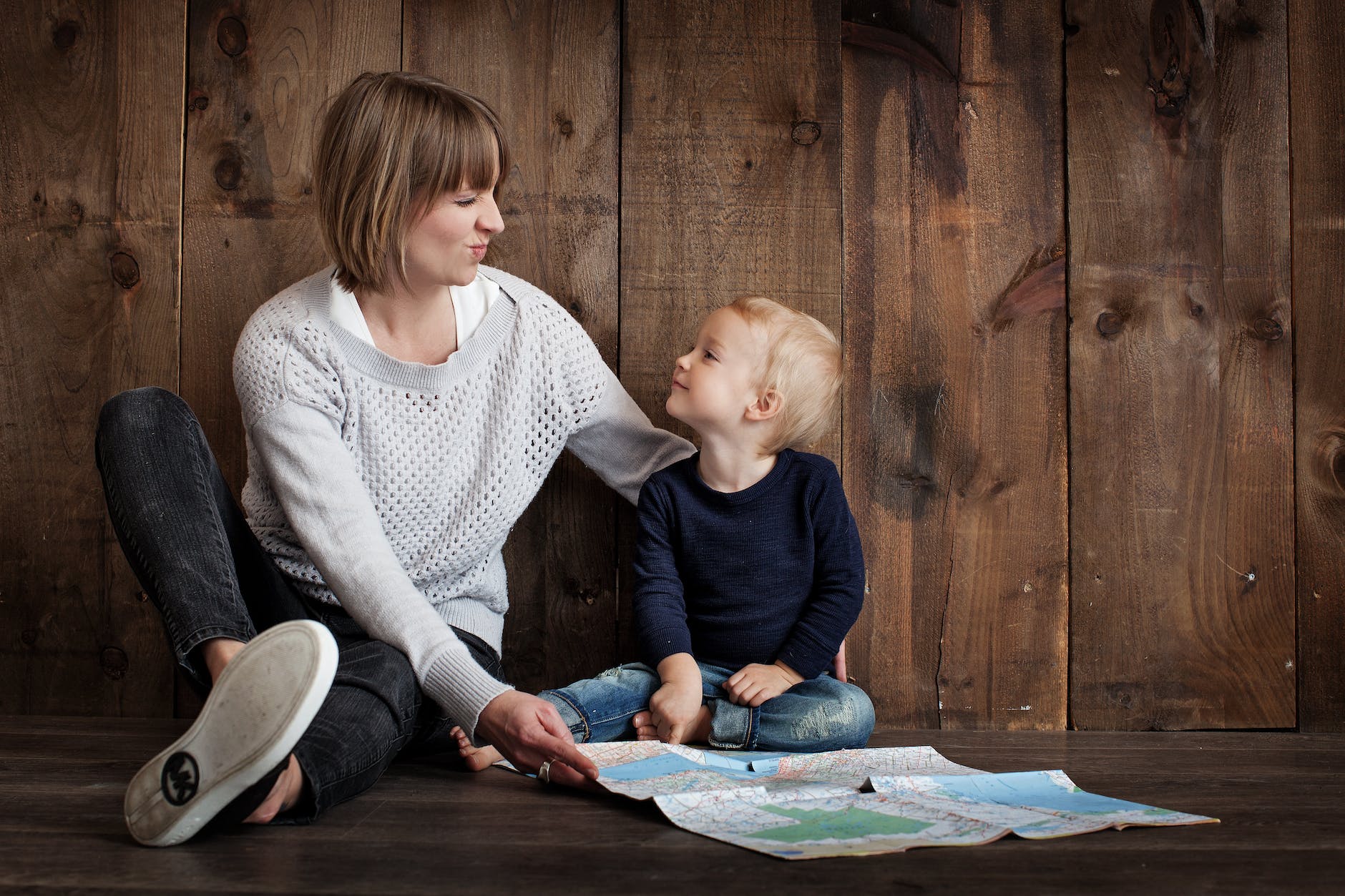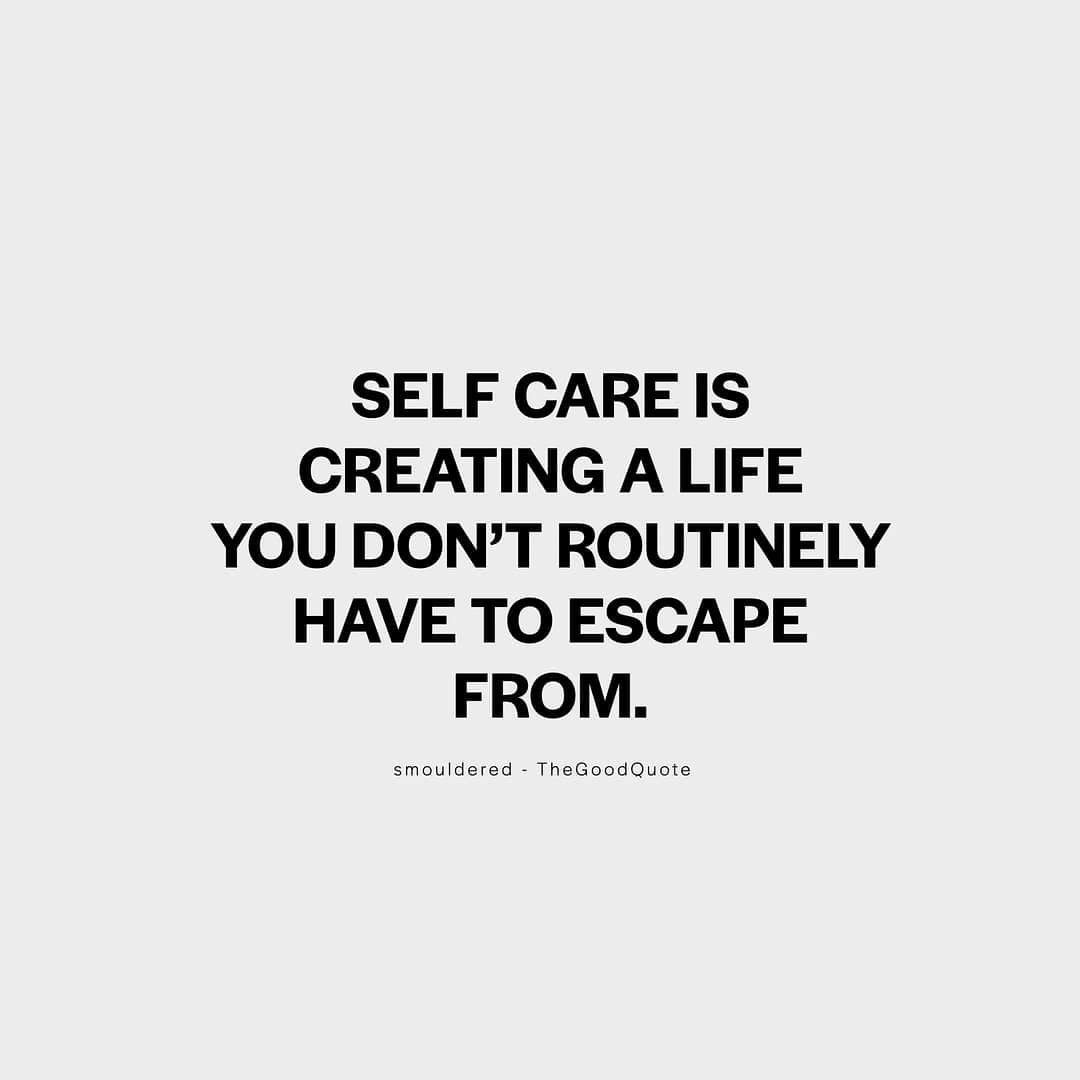I have studied the Arbinger Company’s Parenting Pyramid several times over the past few years. Each time, I am reminded of the simplicity of its principles and the order of operation for establishing effective parenting relationships. For those unfamiliar with the Pyramid, it is constructed similarly to Maslow’s Hierarchy of Needs pyramid: the base consists of the most fundamental needs and builds from there. With the Parenting Pyramid, the first two levels have nothing directly to do with children. In fact, teaching and correcting, two actions you would think would make up the main part of parenting, are at the very top. Let’s explore more about why this is.


In the National Extension Parent Education Model, one of the six critical parenting practices is to guide (JRank, 2023). You would think that guiding would be all about teaching and correcting, but in order to do that effectively, the lower levels of the Parenting Pyramid have to be in place. If they are, you will be spending less time in the upper levels.

The first level is “Personal Way of Being.” How do we see ourselves and others? Are we intentional and doing things for the right reasons, or more concerned about what others think? The Arbinger Institute (formerly the Arbinger Company) strives to educate people on how to establish a healthy, accurate way of being. The books Anatomy of Peace (2006) and Leadership and Self-Deception (2000) have both taught me how to see people as individuals with feelings and needs, not objects to be acted upon. How do we see our children? If our personal way of being is aligned correctly, we will see them as children of God with eternal potential.

The second level of the pyramid is the husband/wife relationship. What does this have to do with parenting? Dr. Gary and Barb Rosberg (2006) wrote, “When the parental team breaks down, children become the biggest losers. They lose their family, which is where they build their sense of security. When children don’t feel secure, their whole world seems to unravel. No amount of baseball, dance, piano lessons or toys can make up for that kind of loss.” Having a strong relationship with your spouse brings unity. Even if you aren’t on the same page with parenting styles, if your relationship is strong, you can communicate and find solutions without causing confusion and pulling the child into the tension.
The next level is the parent/child relationship. Do you enjoy being with your child? What actions are you taking to establish a relationship. Planning activities and time together where you aren’t scolding, correcting, nagging, lecturing, etc., but just being together, talking, playing, and doing things that bring connection. These activities build trust and confidence in the relationship, so when you get to the next levels, the foundation is established and teaching and correcting will be much more effective.
Teaching children self-governance is the key to having correction be the tiny pinnacle at the topof the pyramid. When children are taught morals, responsibilities, expectations, and other principles, parents will spend less time correcting. Teaching will be better received when the level below (parent/child relationship) is well-established.

Finally, we are at the top of the pyramid: correction. The Arbinger Company teaches about two types of questions. We can ask, “What should I do, now that something has gone wrong?”, but a more correct question would be, “How do I help things go right?”(Arbinger Company, 1998). If we spend more time focused on the second question, as the article on Parenting Pyramid suggests, we will be more effective and efficient in our parenting. This article from Brigham Young University McKay School of Education offers several tips to help parents learn how to teach and correct in a loving manner.
The parental role of guiding is more easily understood and implemented when seen through the lens of the Parenting Pyramid. The enlightening aspect of this model is that if you are struggling at one level in the pyramid, the solution is in the next level down. Are you struggling in your your relationship with your spouse? Check out your personal way of being. Are you spending a lot of time correcting? What are you doing to teach your kids? Is teaching going in one ear and out the other? Work to strengthen your relationship with your child. Guiding our children will help them grow into productive, stable adults, and we will love each other along the journey.
References
JRank Organization. (2023). Parenting education: the national model of parenting education. Marriage and Family Encyclopedia. https://family.jrank.org/pages/1247/Parenting-Education-National-Model-Parenting-Education.html
McKay School of Education. (2023). Helping children correct their mistakes. Brigham Young University. https://education.byu.edu/youcandothis/helping_children_correct_mistakes.htm
Rosberg, G. & B. (2006). Putting your spouse before your kids. Focus on the Family. https://www.focusonthefamily.ca/content/putting-your-spouse-before-your-kids
The Arbinger Company. (1998) The parenting pyramid. Brigham Young University-Idaho. https://content.byui.edu/file/91e7c911-20c5-4b9f-b8fc-9e4b1b37b6fc/1/Parenting_Pyramid_article.pdf




